Solar lights have gained popularity for their eco-friendly nature and cost-effective operation. However, a common concern among users is whether these lights attract bugs. Let’s delve into this topic and uncover the truth behind the bug attraction phenomenon associated with solar lighting.
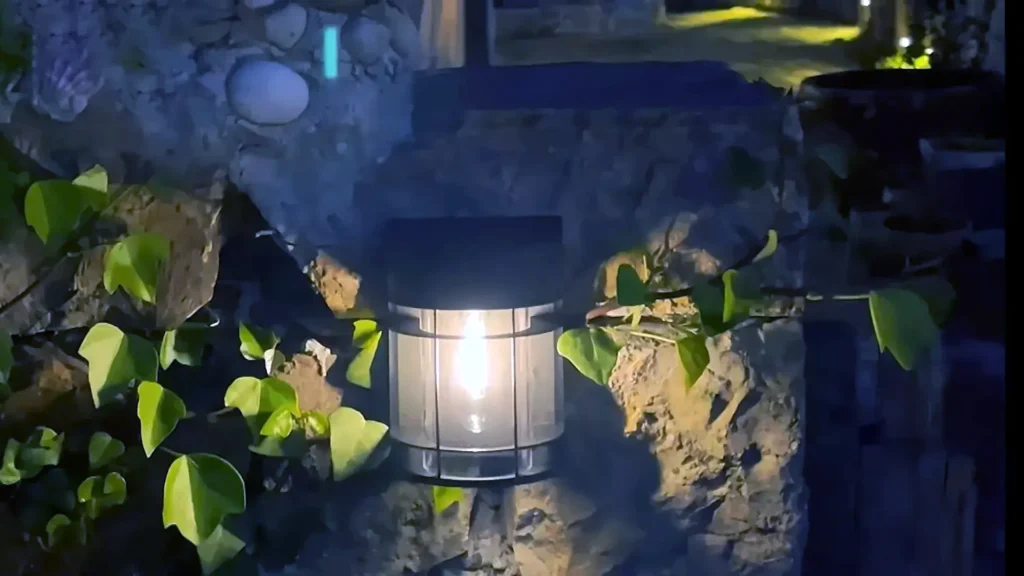
Understanding Solar Lights
Solar lights operate by harnessing sunlight during the day to charge built-in batteries, which power the light at night. This self-sustaining mechanism makes them an attractive option for outdoor lighting, offering various benefits such as energy efficiency and ease of installation.
The Bug Dilemma
Do Solar Lights Attract Bugs?
There’s a widespread belief that solar lights attract bugs more than traditional lighting sources. Several factors influence bug attraction, and understanding these can shed light on the matter.
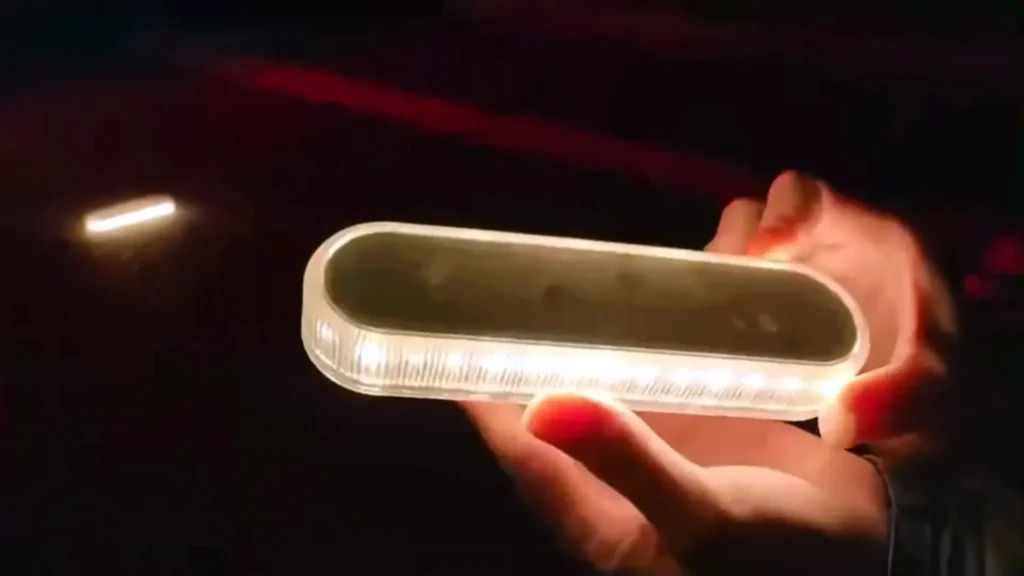
Factors Affecting Bug Attraction
Light Spectrum Influence
Certain light spectrums, such as UV light, tend to attract insects more than others. Solar lights, especially those emitting UV wavelengths, may inadvertently draw bugs towards them.
Light Intensity
The intensity of light can also impact bug attraction. Higher intensities are more likely to lure insects, regardless of the spectrum emitted.
Debunking Myths
Solar Lights and Insects: Clearing the Misconceptions
Contrary to popular belief, not all types of light attract bugs equally. For instance:
Bugs vs. Types of Light
Ultraviolet (UV) Light
Insects are notably drawn to UV light. Solar lights emitting UV wavelengths might indeed attract bugs.
LED Lights
Modern LED lights, often used in solar fixtures, emit less UV light compared to traditional bulbs. This diminishes their attractiveness to bugs.
Mitigation Methods
Minimizing Bug Attraction with Solar Lights
While it’s challenging to entirely eliminate bug attraction, several strategies can help mitigate the issue:
Choosing the Right Bulbs
Opt for bulbs emitting warmer colors rather than cooler tones. Additionally, adjusting the light intensity downwards can reduce bug attraction significantly.
Strategic Placement
Install lights away from gathering areas to redirect insect activity away from spaces intended for human use.
Practical Considerations
Balancing Illumination and Insect Attraction
Maintaining a balance between adequate illumination and minimizing bug attraction is crucial for outdoor spaces.
Practical Tips for Reducing Bugs
Regular maintenance and cleaning of fixtures can prevent debris accumulation, reducing bug allure. Natural repellents like citronella or lemongrass can also deter insects without harming the environment.
Conclusion
In conclusion, while solar lights may attract bugs to some extent due to light spectrum and intensity, implementing specific strategies like choosing the right bulbs and strategic placement can significantly reduce this attraction. Understanding these dynamics allows for a balanced approach to enjoying the benefits of solar lighting while minimizing inconvenience caused by bugs.
FAQs:
- Do all solar lights attract bugs? Not necessarily. The type of light emitted and its intensity play significant roles in bug attraction.
- Can LED solar lights prevent bug attraction? LED lights emit less UV and can be less attractive to bugs compared to traditional bulbs.
- How can I reduce bug attraction with solar lights? Adjusting the light intensity, choosing warmer-colored bulbs, and strategic placement can help minimize bug attraction.
- Are there natural ways to repel bugs from solar lights? Yes, natural repellents like citronella or lemongrass can deter insects without harming the environment.
- Do bug-free solar lights exist? Completely eliminating bug attraction may be challenging, but implementing mitigation strategies can significantly reduce it.




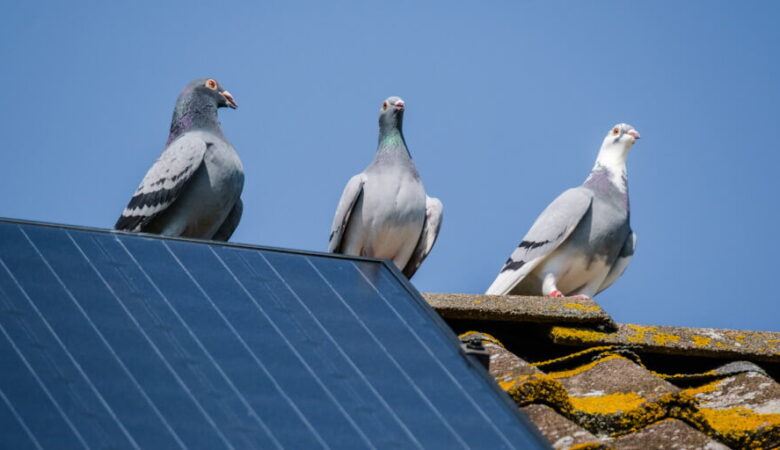
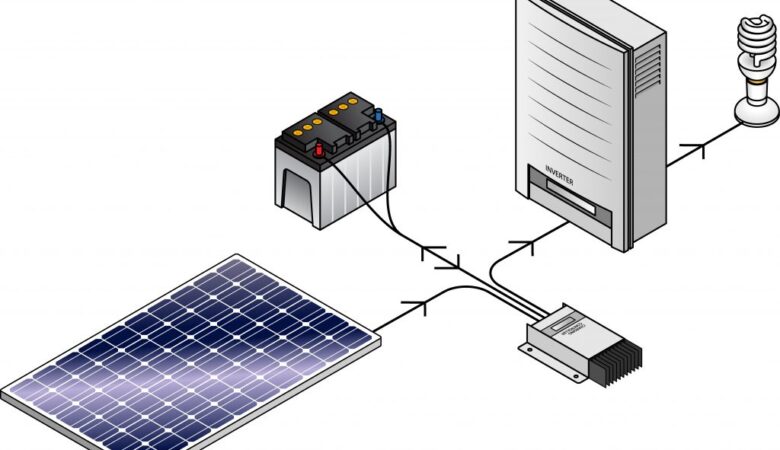


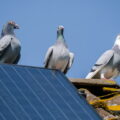
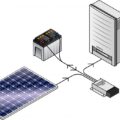
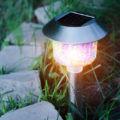

Leave a Reply